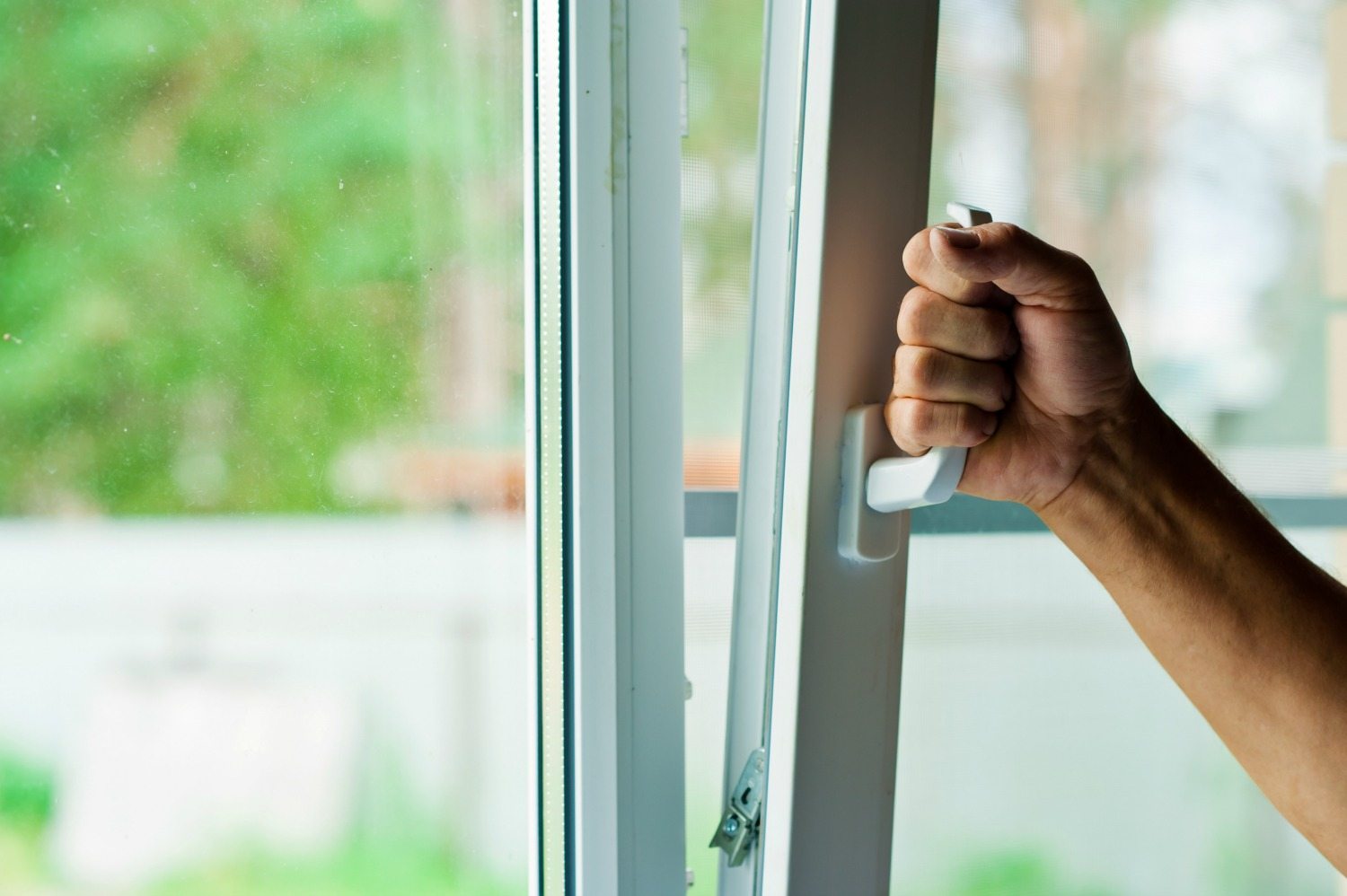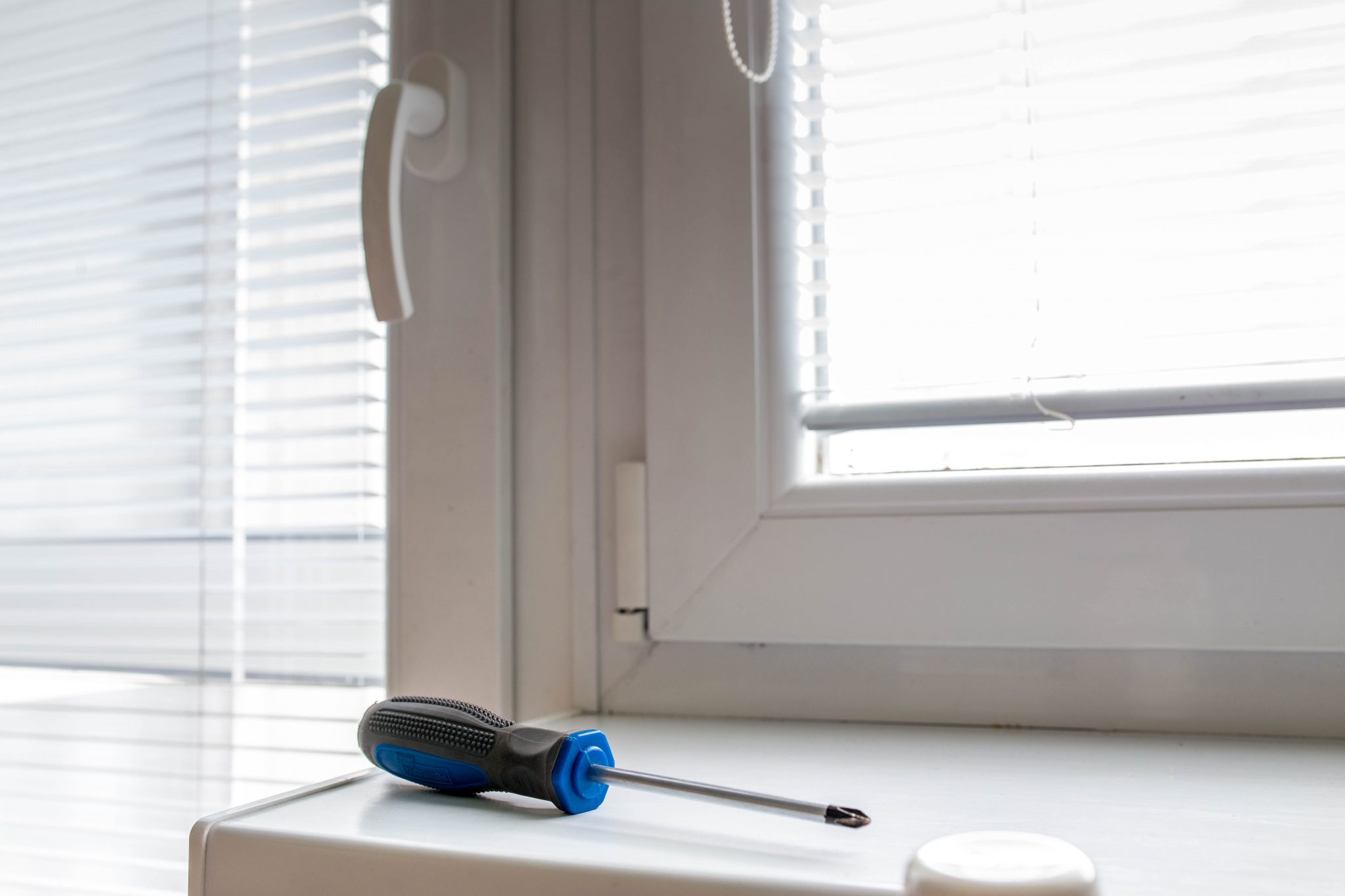Whether you’re looking for ways to cut down on energy bills, boost property value or simply keep your home healthy, one extremely effective investment is double glazing.
If you don’t already have double glazing or your old windows could use some TLC, the first question you’re likely to ask is how much does double glazing cost? While the average price for double glazing a whole house stands at £3000-5000, there are a number of factors which can impact this.
In this guide, we help walk you through everything you need to know about double glazing and give you a rough idea of what double glazed window prices you’ll be looking at.
What can impact this cost?
There are a multitude of factors that can affect the cost of your double glazing. From the style of windows you’re interested in, the number of windows you have in your home and the materials of the frame and mechanisms every choice will have an impact. Here are some of the key points to consider.
Window type

One of the biggest deciders in what you’ll be paying for your double glazing is the style of window you’re investing in. Different window types have different performance benefits and, of course, aesthetic properties. Below are some of the most common window types:
Casement windows
The most common window, and therefore the best to use when calculating the average cost of new windows in the UK, are casement windows. Attached by a single hinge at the side, these windows are the cheapest for double glazing repairs, as well as for a first time fitting.
Average cost (based on uPVC frame):
£275 to £420
French casement windows
A slight variation of the above, French casement windows consist of two casements positioned side by side, which open outwards from the centre. These windows are generally slightly more expensive than regular casement windows, but their design does allow for a lot more in terms of light and ventilation.
Average cost (based on uPVC frame):
£455-£570
Tilt and turn windows
Tilt and turn windows are an incredibly versatile fitting, which is perfect for modern homes. Twisting the handle halfway allows you to tilt the window inwards from the top, providing ventilation without compromising security. However, you can also fully twist the handle to open the window as a classic casement, allowing for full ventilation and easy cleaning. These windows are generally more costly than casement windows.
Average cost (based on uPVC frame):
£445-£625
Sash windows
This type of window is perfect for a property that wants to retain its period aesthetic. While original sash windows are tough to double glaze due to thin glass and the glazing bars used, modern double-glazed sash window options are available. The latest sash windows are created to be thicker and more sturdy but are pricier than the previous window types.
Average cost (based on uPVC frame):
£590-£820
Bay/Bow Windows
Box and bay windows are one of the greatest ways to open up a room and increase the amount of light in your home. Understandably, due to the increased amount of glass panes and materials needed to create these types of windows, they’re much more expensive to install and double glaze.
However, the benefits can easily outweigh the cost. Bow windows tend to have the higher price of the two, as they typically have more sections but the price of both bay and bow windows rises depending on how many sections it is you want.
Bay window average cost (based on uPVC frame):
£1,070-£2,205 dependent on window size and amount of sections.
Bow window average cost (based on uPVC frame):
£1,085-£2195 dependent on window size and amount of sections.
Frame materials

There are a number of materials that can be used to construct double-glazed window frames. Making your choice will often depend on a number of factors, ranging from your house aesthetic to your overall budget. Some of the most common frame materials are listed below.
uPVC
uPVC is the cheapest material used to model window frames — and by far the lowest maintenance option. With a high resistance to mould and rot, and no need for painting, uPVC frames can simply be wiped clean and look as good as new! They’re also great for insulation and are recyclable, making them brilliant for those wanting to make greener choices.
Average cost (based on 1200 x 1200mm):
£350 – £900
Aluminium
While aluminium is considerably more expensive than uPVC, it also comes with a different set of benefits. Aluminium is the strongest frame material and therefore can be used to create windows with a slimmer frame and a larger glass area — perfect for a modern home or corporate building. It’s also a highly durable material, meaning they’re built to last.
Average cost (based on 1200 x 1200mm):
£770 – £960
Timber
Wooden frames are full of character and add a real sense of warmth to a property. As a bonus, if treated correctly, they’re a great insulator and can have a long lifetime. Due to this, they are one of the most expensive window frame materials, while also requiring the most maintenance — as without regular upkeep, they can start to deteriorate.
Average cost (based on 1200 x 1200mm):
£1,370 – £1,500
Spacer bars
Just when you thought there couldn’t possibly be any more options when it comes to your windows, along come the spacer bars.
Spacer bars (or profiles) are the hollow frame which separates the two panes of glass used in a double-glazed window. The spacer bar is bonded to the two frames to create a cavity, which is then filled with air, or another gas such as argon.
The spacer bar itself can be one of two types:
Metal bar
The most common type of spacer bar used is a metal edge spacer bar. These are usually formed from aluminium, which is chosen due to the fact it’s lightweight and flexible while still being strong. The bar is then filled with a desiccant, which absorbs moisture and prevents the windows from becoming foggy.
Steel can also be used for spacer bars, however, this is usually a material associated with fire-rated safety glass. Aluminium spacer bars are the most low-cost spacer bar choice but are not the most heat effective option.
Warm edge spacer bar
A warm-edge is exactly what the name suggests. This bar insulates the edges of the sealed window, which is where most heat is lost. In turn, this slows the rate at which heat is lost through your windows.
Warm-edge spacer bars are made from materials with a low heat conductivity, such as specially-designed plastics. This makes them considerably more expensive than the typical aluminium spacer bar, but can save you money on heating costs over time.
Product Specifications
The above are all general costs associated with double glazing, but if there are unique specifications that you require for your windows then these will also add to the overall cost.
Adding colour, or a texture like a wood grain finish or having a specialist request such as the use of safety glass are factors which can bump up the price of your double glazing. Locks or fastenings, such as child-safe options can also impact your bottom line.
Along with this, prices typically change between different vendors and can fluctuate at different times of the year. Therefore, it is essential that you do your research and ensure that you have a reputable company on your hands to avoid overpaying.
Alternative double glazing options
In some scenarios, getting a whole new set of windows installed will likely be essential. However, if you’re only experiencing minor problems with your existing windows, there are cheaper options available.
If your double glazing is frequently misting up and obstructing your view or you’re beginning to notice a draft coming from any of your windows, chances are that your double glazing is failing. Your first reaction may be to price up a whole new set of windows, but in most cases, it can save you money and be just as effective to fix what you already have.
At Cloudy2Clear we offer free consultations and quotes for double glazing repairs as well as repairs for faulty handles, broken windows and other common problems. Simply get in touch with our experts today and you’ll be well on your way to receiving a personalised quote to bring your double glazing back to life.
